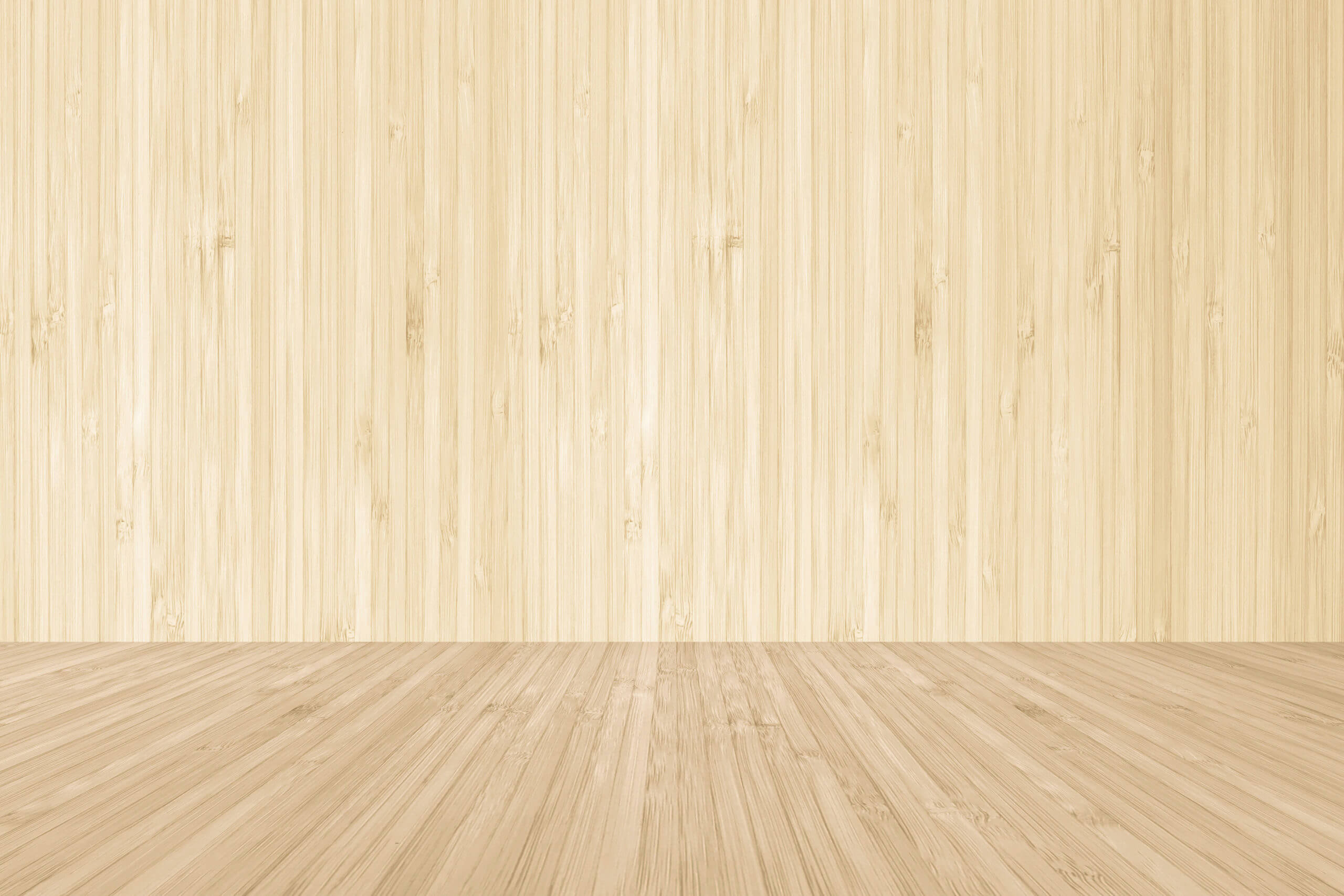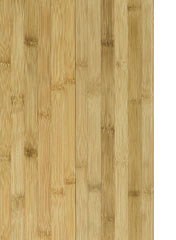Everything you Need to Know regarding Bamboo Flooring
Everything you Need to Know regarding Bamboo Flooring
Blog Article
Just how do you feel on the subject of How To Install Bamboo Flooring?
Bamboo flooring is well-known for numerous property owners due to its advantages. It has actually come to be the major choiced flooring for company and also home owners whenever there is demand for sustainability.
However, bamboo much like timber, is at risk to dents and also splitting when humidity levels vary.
So are you considering bamboo flooring for your residence? Count on your own lucky due to the fact that this write-up will certainly show you everything you require to understand. We will review its functions to think about. We will additionally go over the various types of bamboo flooring readily available on the marketplace. Keep analysis!
Sorts Of Bamboo Flooring
There are three standard options: strand-woven, upright, and also horizontal. House owners can pick which type of bamboo flooring to get based upon their qualities. The buyer's designated aesthetic effects the picked Bamboo flooring type.
Engineered Bamboo Flooring
Both strong and also engineered bamboo flooring choices are readily available. As soon as the bamboo wood fits, it isn't very easy to distinguish between them.
Their differences are due to their making. For instance, engineered bamboo wood has a thin plywood support.
Whether crafted or solid, bamboo flooring is tough, resistant, as well as appealing.
Engineered bamboo flooring uses the drifting timber flooring over a thin foam base. They may also be in the kind of vast slabs. They are available in sizes up to 19 cm.
Strong - Horizontal Bamboo Flooring
You will certainly observe that this type is practically the like upright bamboo flooring. But it has a mild variant. Horizontal bamboo is among the most prominent kinds of bamboo flooring.
It is made by drying out significant strips of bamboo, cutting these larger pieces into thinner strips, and after that gluing them to create slabs. The boards will certainly then go through stress and warmth to guarantee they are well attached.
Natural bamboo has a lighter shade. While carbonized bamboo will certainly be much less tough than regular bamboo, if you need a darker shade, it may do you good.
Strand Woven Bamboo Flooring
Shredding the bamboo to extract the fibers is one of the much more luring steps in producing strand-woven bamboo floorings.
The bamboo fiber is often blended with a glue after it's made to a pulp. The product is after that weaved and also compressed under fantastic warm, as the name recommends.
After making horizontal as well as vertical bamboo, the strips serve to develop strand woven bamboo. The eco-conscious purchaser may find this function appealing. The factor is that it makes sure that the entire bamboo stalk produces really little waste.
Strong - Vertical Bamboo Flooring
Thin strips of dry bamboo wood glued vertically as well as pressed utilizing high warm as well as stress develop this sort of bamboo flooring.
The thinnest side of the bamboo slabs will certainly remain in a vertical kind. Then, a company bonding, pressing, as well as lamination will certainly adhere to. Because of their approach of joining, the bamboo strips feature a narrow grain pattern.
The good thing regarding this kind of bamboo flooring is that it is long lasting and also very budget-friendly. Also, it offers a sophisticated and sophisticated flooring coating. Yet it is not extensively readily available.
When Selecting Bamboo Flooring, functions As Well As What to Keep in Mind
With a multi-layered coating, bamboo flooring will certainly be quite resilient. But remember that future touch-ups may need an extra knowledgeable flooring expert.
Also, using your coating will make matching fixings simpler as soon as set up in your home. The surface will certainly not last as long as manufacturing facility coatings.
Apart from that, here are some exciting features of bamboo flooring.
Eco-Conscious
This flooring originates from an all-natural plant called the bamboo plant. So when contrasted to various other tree varieties made use of to make hardwood flooring, bamboo expands more as well as much faster.
Affordable Maintenance
You can keep bamboo flooring in good condition by cleansing and also damp mopping. So in spite of being more prone to scrapes, bamboo flooring is very simple to maintain.
You may get bamboo floors that are just as good as brand-new by sanding them down as well as applying a fresh layer of paint.
Durable
Bamboo flooring is not created equivalent. There are many sorts of bamboo, and the various methods used to turn it into planks impact its sturdiness.
As such, bamboo, like hardwood flooring, can become susceptible to tear as well as wear over time. Scraping, cracking, and various other wear as well as tear might take place. You can also sand some bamboo to appear like wood, but not all.
Bottom Line
It's easy to know why bamboo flooring has come to be a lot more favored nowadays. For almost any type of residence, bamboo offers lots of strong and audio remedies for the atmosphere. Bamboo flooring could be the ideal option for upgrading your flooring.
We will certainly likewise review the different types of bamboo flooring offered on the market. Homeowners can pick which type of bamboo flooring to acquire based on their characteristics. Straight bamboo is one of the most prominent kinds of bamboo flooring.
While carbonized bamboo will be much less tough than regular bamboo, if you require a darker shade, it may do you excellent. After making vertical as well as straight bamboo, the strips offer to develop strand woven bamboo.
Bamboo Flooring
Manufacture of Bamboo Flooring
Stranded bamboo is made by shredding the bamboo stalks into small strands, which are compressed into sheets using heat and resin binders, then cut into planks to use as building materials. This form of flooring is available both as tongue-and-groove planks that are nailed down, as well as planks that float over the underlayment. This is a premium form of bamboo flooring, available in many colors.
Horizontal bamboo flooring is manufactured by cutting the strands into thin strips which are then glued together to form planks. This type of flooring has a "grain," since the long stalk fibers are visible in the flooring. This type of bamboo is not as hard or durable as stranded bamboo, but it can have a very striking appearance. It, too, is available both in nail-down planks and as floating floor planks.
Engineered bamboo flooring is made by bonding a thin layer of bamboo onto a plywood or MDF core. This flooring is comparable to engineered hardwood and is installed in the same way—usually with click-lock planks that float over a foam underlayment. It is the least expensive (and least durable) form of bamboo flooring, and it cannot be refinished.
Unless it is stained, most bamboo flooring has a natural blonde or amber color that resembles unfinished maple or birch, but darker tones are available through a process called carbonizing, which entails subjecting the planks to high temperatures. While the color can be very attractive, carbonized bamboo is softer than uncarbonized forms, and is more susceptible to scratching.
Eco-Friendliness
Environmentally conscious consumers are often drawn to bamboo as a wholly renewable resource. Unlike the hardwood lumber industry, where trees can take decades to mature, bamboo stalks grow so fast that there is little environmental liability to the harvest practices. Moreover, bamboo stalks that are cut simply continue to grow and replenish themselves so that they can be harvested.
But the manufacturing process creates other environmental concerns. Bamboo floor planks are manufactured by slicing or shredding the stalks of bamboo grass plants and then compressing the pulp back together using heat, pressure, and a resin-based adhesive identical to those used in many other flooring products. This adhesive often contains urea-formaldehyde that can outgas into the air.1
The level of adhesive used and the amount of toxins emitted will vary, depending on how the bamboo planks are manufactured. Cheaper products may contain more formaldehyde, while more expensive products may use alternative materials in the resins. The amount of formaldehyde used in bamboo flooring is similar to that found in engineered hardwood flooring or MDF sheathing, and it tends to be a problem only for sensitive individuals.2 But if this concerns you, look for bamboo products labeled as formaldehyde-free.
Bamboo Flooring Cost
This material is priced at about the same level as most hardwood floors. You can find bamboo flooring products ranging from about $2 to $8 per square foot, with a national average of $3.84 per square foot. Installation costs for bamboo flooring are much the same as for hardwood flooring. On average, figure on adding about $4 per square foot for installation labor in addition to the cost of materials. You should be able to get a good-quality bamboo installed for less than $10 per square foot, including materials and labor.
https://www.thespruce.com/benefits-and-drawbacks-of-bamboo-floors-1314694

I found that blog posting on How to Clean Bamboo Floors while browsing the web. Sharing is good. Helping people is fun. Many thanks for your time. Visit us again soon. Report this page